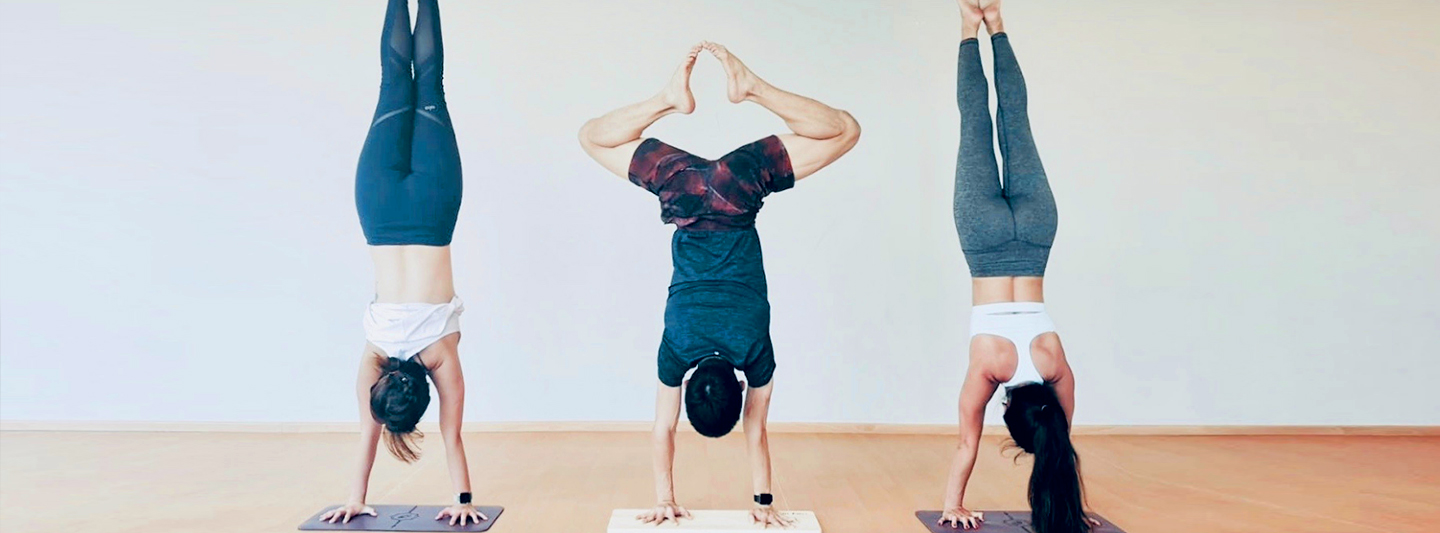
Tips and Tricks to Master the Handstand Confidently and Safely
Besides being an awesome party trick that wows friends and colleagues, and the perfect pose for all your scenic holiday shots, there are physical benefits to doing handstands too!
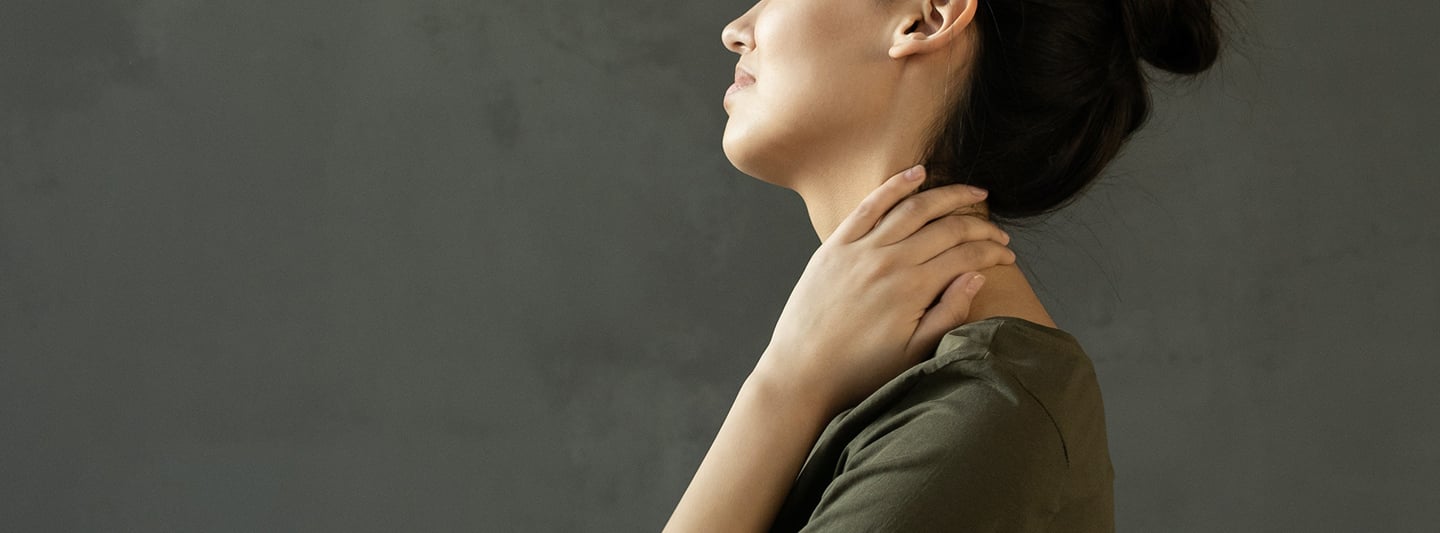
Forward Head Posture is one of the most common posture problems we see today. Learn some stretches you can do to fix Forward Head Posture and reduce symptoms such as neck and shoulder pain, tension, headaches and more.
The Problem
Forward Head Posture is one of the most common posture problems. We spend too much time sitting in front of our computer and spend way too much time looking down at our phones. FHP will lead to tension on ligaments and muscles, pressure on joints and nerves and degenerative changes of the spine. The most common symptoms of FHP are neck & shoulder pain, tension, headaches, radiating symptoms down your arms, muscle spasm, trigger points and sleep disturbances. Your head weighs between 8-12 pounds (4-6kg) and for every inch your head is thrust forward from its natural position it adds another 10 pounds of stress on your neck and spine. Now you know why you have so much tension on your neck and shoulders!
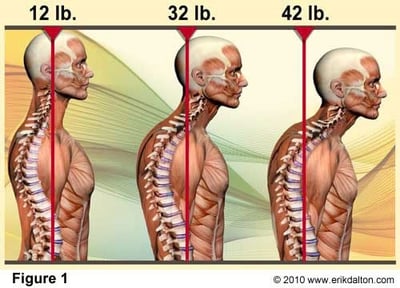
FHP and poor posture will lead to a pattern of muscle imbalance call Upper Cross Syndrome. With UCS there will be tightness on the upper trapezius, levator scapula and suboccipital muscles on the back and tightness of the pectoralis anteriorly. At the same time we would have weakness of the deep cervical flexors anteriorly with weakness of the middle-lower trapezius and rhomboid muscles on the posteriorly.
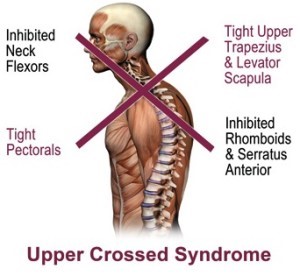
How To Fix It?
We should work to re-establish proper head and neck alignment to take the stress off the spine. We need to balance our muscles, stretching the muscles that are tight and strengthening the muscles that are weak.
Muscle to Stretch:
1. Trapezius
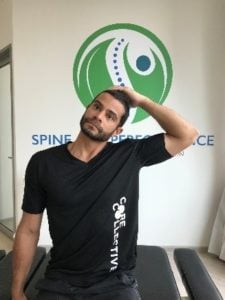
2. Levator Scapulae
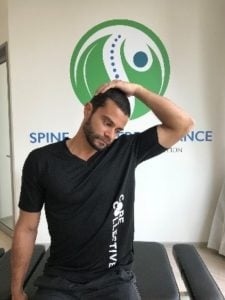
This stretch can be very useful for people who suffer from tight, aching muscles in the upper back and neck, such as those who work at a computer.
3. Sternocleidomastoid (SCM)
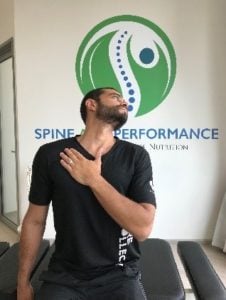
The sternocleidomastoid is a long strap-like muscle on both sides of the front of the neck. It goes from the mastoid process behind your ear to the sternum and clavicle.
4. Upper Neck Muscles SOT (Suboccipital Triangle)
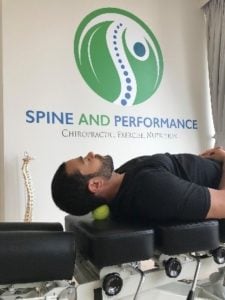
The suboccipital muscles are four small muscles attaching at either the C1 (atlas) or C2 (axis) vertebrae, all but one of these muscles, the obliquus capitis inferior, go on to attach to the base of the skull. They mechanically function to generate extension, lateral flexion, and rotation of the skull and upper vertebrae. Tension and trigger points in this group of muscles might lead to headaches.
5. Chest / Pectorals
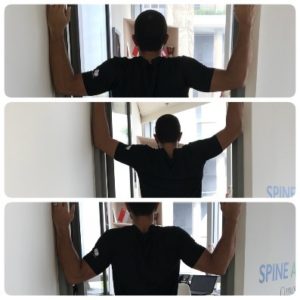
Muscles to Strengthen:
1. Rhoboids
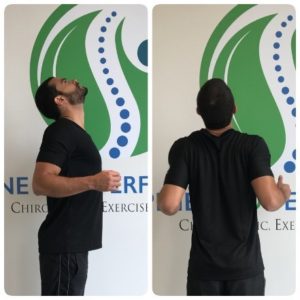
The main function of the rhomboid is there to retract your shoulder blades.
Shoulder Blade Squeeze2. Deep Cervical Flexors
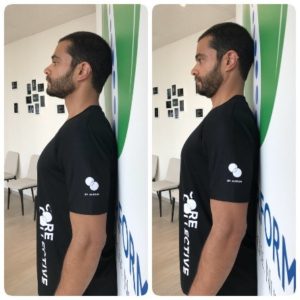
The deep neck flexors are the muscles at the front of your neck that help to stabilize and support the spine. Those with postural neck pain often have weakness in these muscles and overuse in the muscles on the top of the shoulders.
3. Lower Trapezius
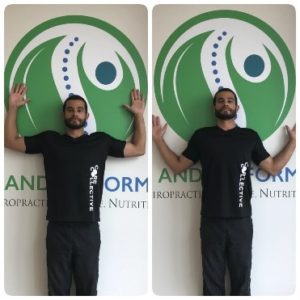
Due to Forward Head Posture, faulty thoracic spine extensibility or overactive upper traps, our lower trapezius is often lengthened and weak. This will inherently leave us unstable around the scapulae.
Scapular wall slide
Before starting any exercise program visit your chiropractor so he can assess your condition and advise accordingly. To correct Forward Head Posture & Upper Cross Syndrome, we should achieve proper range of motion before we progress to strengthening exercises. Remember be aware of your posture at all times and KEEP YOUR HEAD ON TOP OF YOUR SHOULDERS!!!
Contributor:

Dr. Kevin Tomassini is a Chiropractor, Wellness Speaker and Fitness Expert from Puerto Rico.